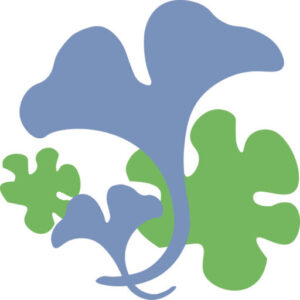
Driving Agile Transformation and Legacy System Modernization for Automotive Test Automation Software
Industry: Automotive
Location: Munich, Germany
Company: Moss and Lichens UG (haftungsbeschränkt)
Services: AI, App, and Cloud Engineering
Client: Automotive Manufacturer
Solution Focus: Scrum Implementation, Test Coverage Improvement, Legacy Software Modernization
Client Overview
The client, a leading automotive manufacturer, relied on advanced test automation software for brake and battery systems. This software, a white-label product that had been heavily customized for individual clients, had been in use for more than a decade. Over time, the software’s legacy architecture had grown increasingly difficult to maintain and improve, with less than 5% test coverage and outdated development practices.
The client needed to modernize their approach to software development to improve quality, reduce maintenance overhead, and accelerate delivery of new features. They were particularly interested in adopting agile methodologies, specifically Scrum, to improve their development workflow and increase test coverage.
Business Challenge
The aging codebase and minimal test coverage presented significant challenges for the client. The heavily customized nature of the software—tailored to meet the specific needs of each automotive customer—made updates complex and time-consuming. This led to frequent delays and issues with software quality.
The client’s team had been operating under traditional development models, which lacked the iterative, flexible approach needed to meet evolving industry demands. As a result, the client struggled to keep pace with market requirements, causing bottlenecks in both software delivery and quality assurance.
The client sought to modernize their development practices by adopting agile methodologies, improving test coverage, and enhancing the overall software delivery process.
Solution
Moss and Lichens’ Approach:
To address the client’s challenges, Moss and Lichens embedded one of its expert software developers into the client’s legacy team. In parallel, an external Scrum Master was brought on board to co-lead the agile transformation. Both the Scrum Master and Moss and Lichens collaborated closely to guide the client’s team through the transition to Scrum and modern software development practices.
Agile Transformation and Scrum Implementation:
Together with the Scrum Master, Moss and Lichens helped the client’s development team adopt Scrum. The framework introduced structure through defined sprints, daily stand-ups, sprint planning, and reviews, providing a disciplined yet flexible approach to software development. By emphasizing iterative improvements, the team became better equipped to manage product backlog, set clear sprint goals, and work more efficiently toward their objectives.
Test Coverage Improvement:
A critical component of the modernization effort was addressing the software’s low test coverage. Moss and Lichens introduced automated testing frameworks and tools to significantly improve coverage. By focusing on unit and integration tests, the team was able to catch bugs earlier in the development cycle, reducing the need for extensive bug fixes post-deployment.
Collaboration and Culture Shift:
Moss and Lichens and the external Scrum Master worked hand-in-hand with the client’s team, ensuring that the adoption of agile practices was thorough and well-supported. Team members received ongoing coaching on Scrum principles, and were encouraged to embrace continuous improvement, transparency, and collaboration as core tenets of their workflow.
Results
Increased Test Coverage:
Through the introduction of automated testing, test coverage improved dramatically. This allowed the client to ensure software quality across both legacy and new modules, resulting in fewer bugs and faster deployment cycles.
Accelerated Delivery Timelines:
The adoption of Scrum and more structured development practices led to a noticeable improvement in delivery timelines. By working in defined sprints, the team was able to deliver updates more predictably and efficiently. This, in turn, improved coordination with customers and reduced the likelihood of missed deadlines.
Enhanced Product Quality:
Improved testing and more iterative development cycles led to greater product stability. The software became more reliable, and the number of critical issues reported by customers dropped significantly. The combination of automated tests and regular sprint reviews enabled the team to better manage feature rollouts and bug fixes.
Cultural Shift to Agile:
The client’s development team underwent a significant cultural shift, embracing Scrum and agile principles. This transformation fostered a more collaborative and adaptive approach to software development, enabling the team to respond quickly to changes in customer requirements and industry demands.
Conclusion
Moss and Lichens played a pivotal role in driving the agile transformation and modernization of the client’s legacy test automation software. By working closely with the external Scrum Master and the client’s team, Moss and Lichens successfully implemented Scrum, improved test coverage, and enhanced the product’s delivery timeline and quality.
